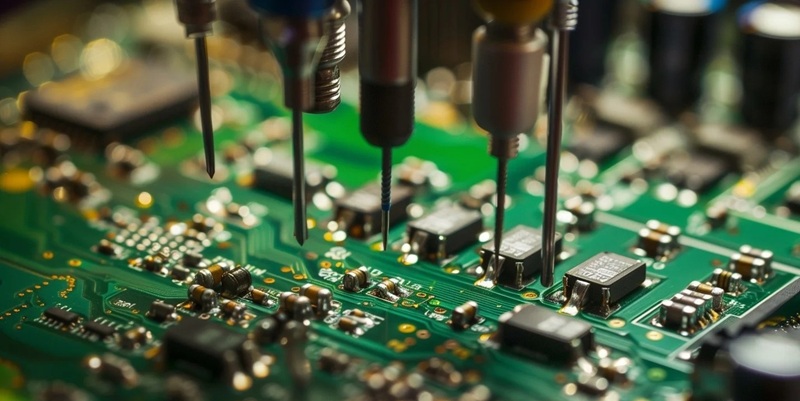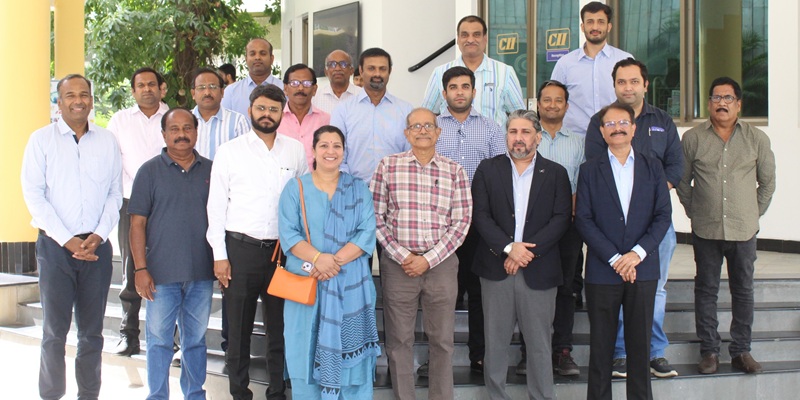Schedule a Call Back
[Budget 2020] Focus on “Network Products†to boost exports, says Economic Survey
 Industry News
Industry News- Feb 01,20
Related Stories

Aimtron Secures Rs 1 bn ODM Deal with Leading US Infrastructure Firm
Aimtron, an Electronics System Design and Manufacturing (ESDM) company, has signed a Rs 975.5 million ODM deal with a US infrastructure leader to develop advanced, transformer-free UPS systems for g..
Read more
We see strong demand for process equipment in next 5 years: Shalabh Singh
in this exclusive conversation with Rakesh Rao, Shalabh Singh, Chief of Business Development at Isgec Heavy Engineering Ltd, delves into how Isgec is aligning itself with national priorities while t..
Read more
The future promises fully autonomous warehouses: Manpreet Sachdev
In this interview, Manpreet Sachdev, Founder & CEO, Elite Material Handling Co, shares his views on growth, AI, and the future of India’s material handling industry.
Read moreRelated Products

Heavy Industrial Ovens
Hansa Enterprises offers a wide range of heavy industrial ovens.

High Quality Industrial Ovens
Hansa Enterprises offers a wide range of high quality industrial ovens. Read more

Hydro Extractor
Guruson International offers a wide range of cone hydro extractor. Read more














